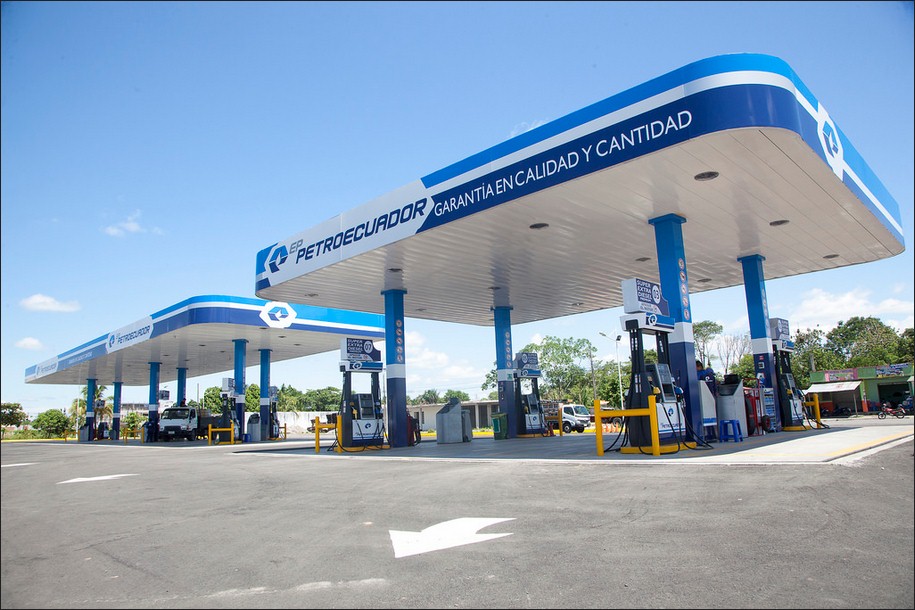The progressive implementation of the targeting of fuel subsidies would begin on the Coast, in September 2023.
The Government hopes to launch the targeting of fuel subsidies in September 2023, says Darío Herrera, the Minister of Transportation.
The targeting of these subsidies is one of the 218 agreements reached between the indigenous movements that promoted the June 2022 strike, and the Government.
To analyze the progress of these commitments, the Confederation of Indigenous Nationalities of Ecuador (Conaie) will hold a meeting with its bases on February 24th and there “they will resolve the actions of social struggle.” In other words, decide if there will be another mobilization in 2023.
Henry Llanes, who advised the indigenous movements during the dialogue tables, said that there were “achievements” after the strike in June 2022, such as the freezing of diesel prices at $1.75 per gallon, and low-carbon gasoline and octane at $2.40 per gallon.
As for targeting, there is no progress, adds Llanes.
However, Herrera says that the coordination table to follow up on the fuel subsidy targeting plan has made progress.
“We have a schedule with activities for each week, which ends in September 2023, a matrix of 24 tasks,” says the minister.
The fuel subsidy represented a public expense of $4.560 billion in 2022, reports Herrera. This is more than double compared to the previous year when it totaled $2.194 billion.
Herrera already sees any eventual protest action by indigenous movements as having a “political overtone.”
Pilot will start on the Coast
The Government expects to soon have the terms of reference ready for the tender to hire the technological system to target fuel subsidies.
Herrera also said that the progressive implementation of the targeting of subsidies is expected to begin in the last week of September 2023.
This program will begin to be applied in the provinces of the Ecuadorian coast and in the service stations of the state oil company Petroecuador.
Transportation tasks
Another task is the formalization of vehicles that are not registered. For this, Herrera said that they are analyzing providing payment facilities to drivers.
Of the 3.5 million vehicles that gassed up at the different gas stations in Ecuador, roughly 500,000 cars did not have license plates.
The first challenge in the implementation of the targeting program is to formalize the vehicle fleet, emphasizes Herrera.
Higher cost is in the cars
The subsidy for the automotive sector is the most important to tackle since it accounts for 65% of all state subsidies.
Next in importance is the subsidy for gas for domestic use, which cost $916 million in 2022.
In third and four places are subsidies for productive sectors, such as shrimp, with $254 million in subsidies; and tuna, with $102 million.
According to Herrera, the official figures show that the indigenous movement was wrong when it mentioned that both sectors, tuna and shrimp, represented $1.2 billion in subsidies per year, which benefited “rich businessmen.”
Herrera also highlights that President Guillermo Lasso withdrew the subsidy for shrimp boats on December 1, 2022, even though this was not a government commitment to indigenous movements.
Regarding the future of the subsidy to the tuna sector, Herrera explains that the benefit is still under analysis.


0 Comments